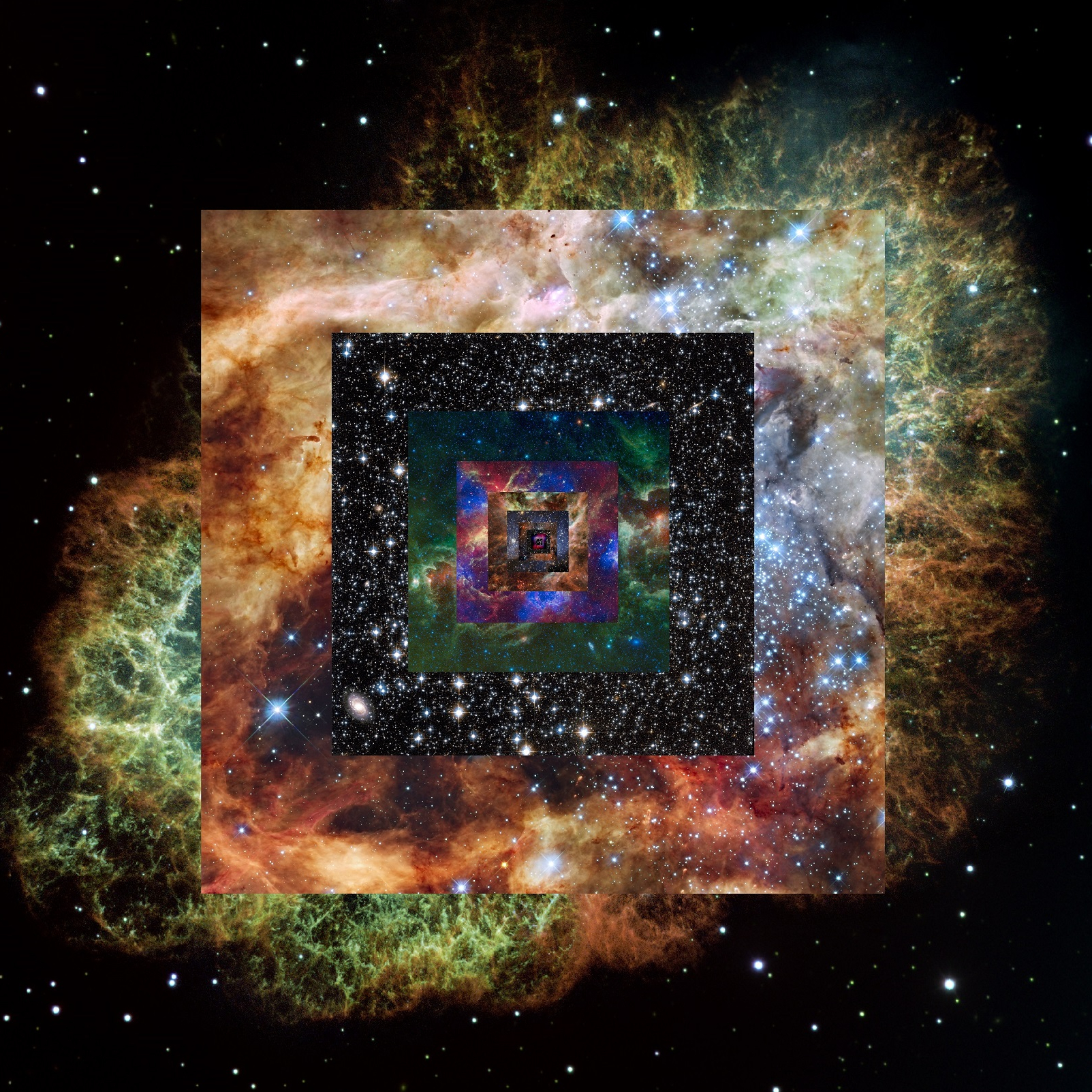
As humans, most of us share more things in common than we realize—one of which includes our ability to perceive the world around us. With the exception of some visually impaired individuals and a few others with known colorblindnesses, most of us are what scientists call “trichromats.” Veronique Greenwood of DiscoverMagazine.com said it best:
Our powers of color vision derive from cells in our eyes called cones, three types in all, each triggered by different wavelengths of light. Every moment our eyes are open, those three flavors of cone fire off messages to the brain. The brain then combines the signals to produce the sensation we call color.
A limited amount of research (the first known scientific reference was from a 1948 paper that briefly touched on the topic) has been done into what we might consider the opposite of colorblindness, referred to in the science world as dichromacy: tetrachromacy. In layman’s term’s, this basically boils down to some women being able to see more colors than the rest of us. Super vision! In scientific terms, it actually makes sense and doesn’t sound so far fetched.
Colorblindness is a trait that affects more men than women. Where regular, trichromatic humans have three cones in their eyes that perceive color, dichromats have two functional cones and one with a mutation. Since colorblindness is genetic, the women in families of colorblind men also carry this gene—yet they generally don’t suffer from its affects. They have three functional cones plus the mutant one. This then allows them to perceive a wider breadth of colors then those with only three healthy, functioning cones.
Now, none of this means that tetrachromats are discovering amazing new colors in every mundane object you see like some perpetual, never-ending acid trip. DamnInteresting.com’s Cynthia Wood states that:
If the modified color receptor is sensitive to wavelengths very close to a normal receptor, then the tetrachromat would merely have slightly better color-vision. The further apart the wavelength sensitivities of the receptors, the more the tetrachromat’s vision would differ from the norm.
This is all still extremely new, and not enough research has gone into it yet. One paper insists that we’re all tetrachromats, but not all of us can tap into our tetrachrome abilities:
There is now excellent data showing the architecture of the human visual system uses and supports photoreceptors containing four distinctly different spectral absorbers (chromophores).
Pretty interesting stuff!
Sources:
http://discovermagazine.com/2012/jul-aug/06-humans-with-super-human-vision#.UaRihdKnfrt
http://www.sciencedirect.com/science/article/pii/0031891448900214
http://www.damninteresting.com/a-life-more-colorful/
http://www.neuronresearch.net/vision/files/tetrachromat.htm



